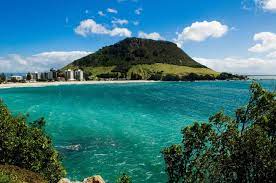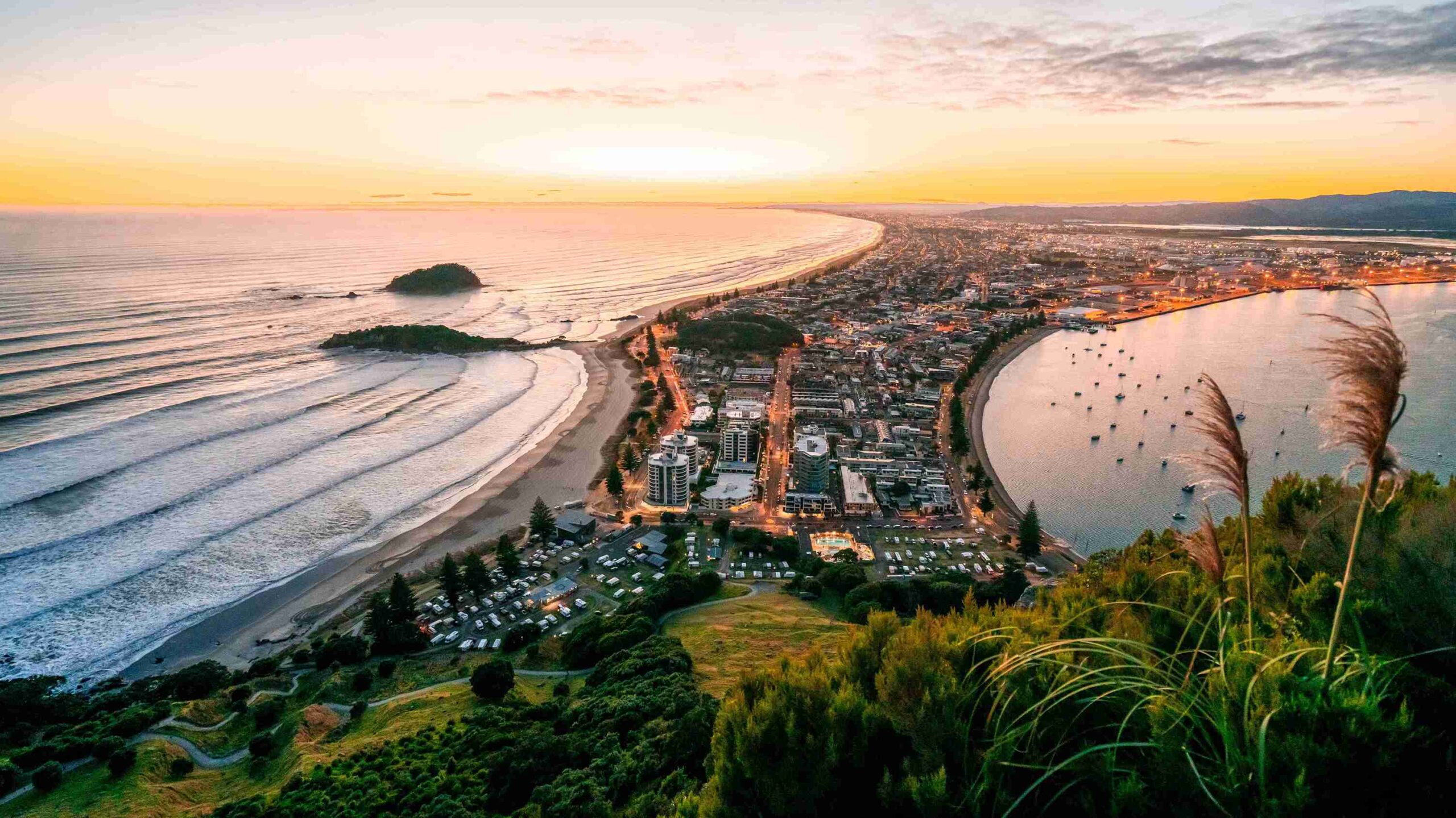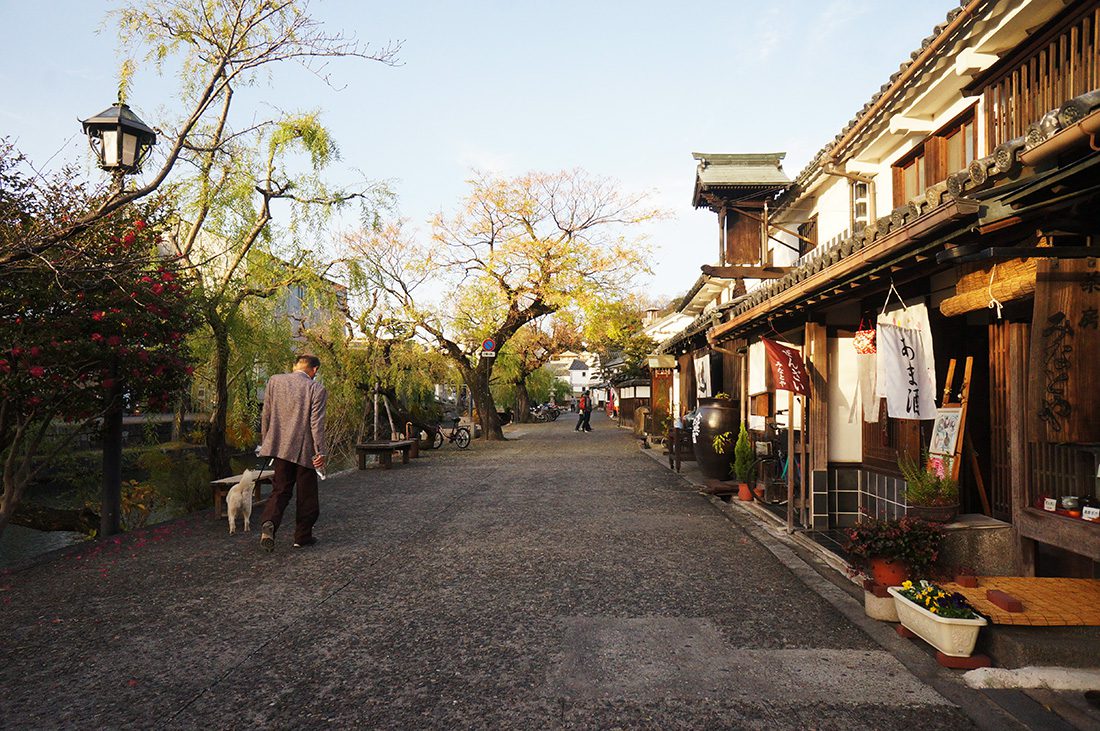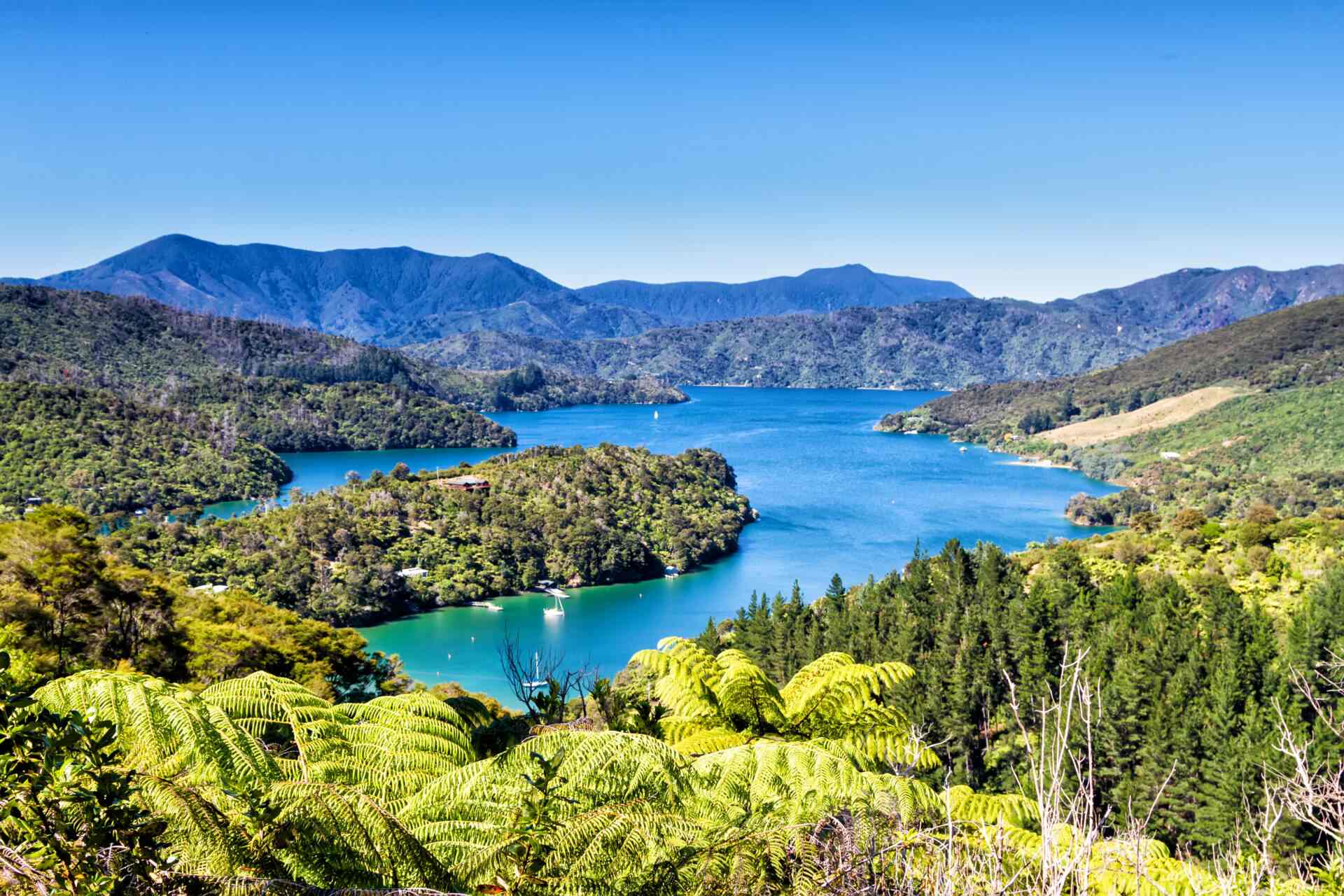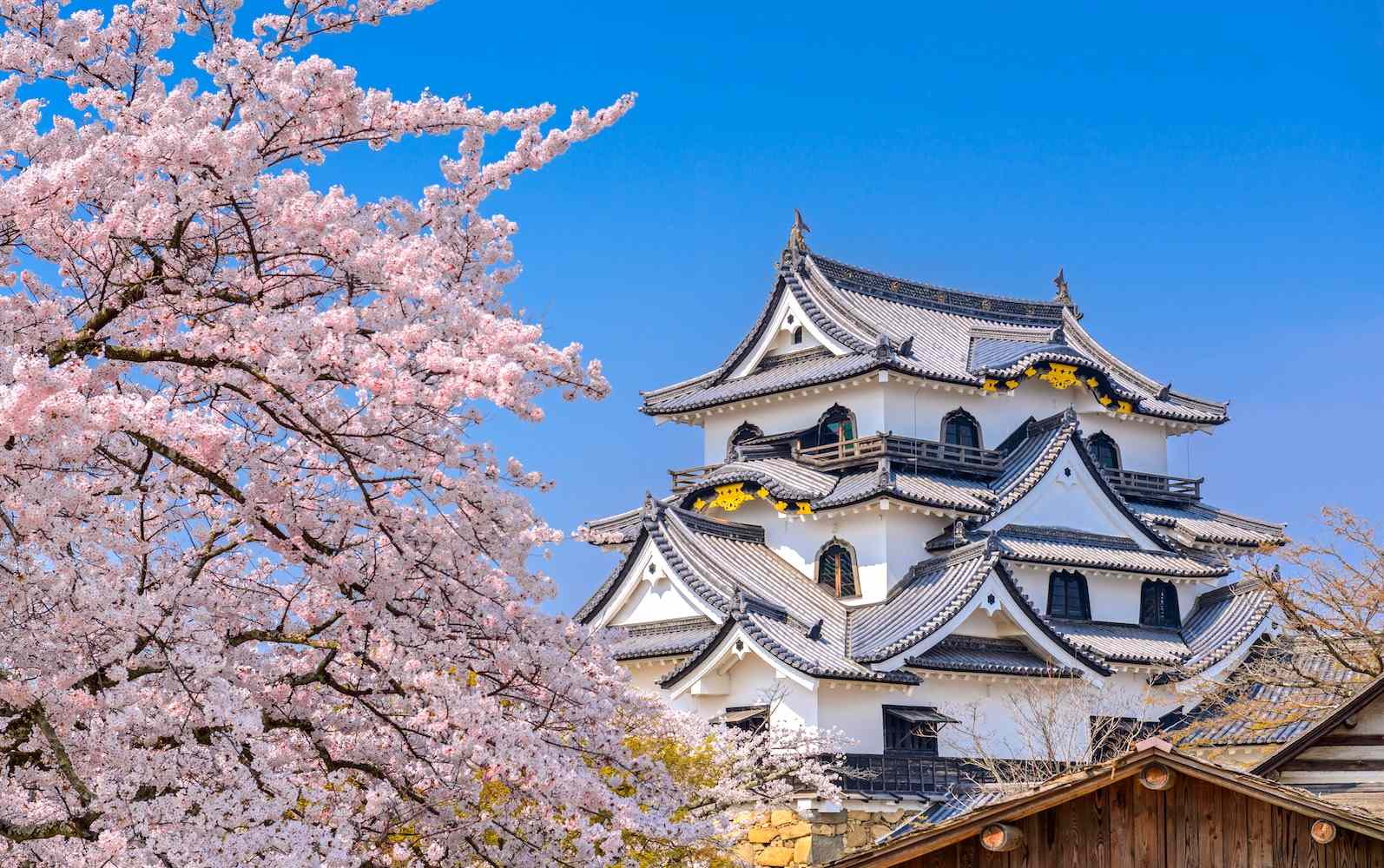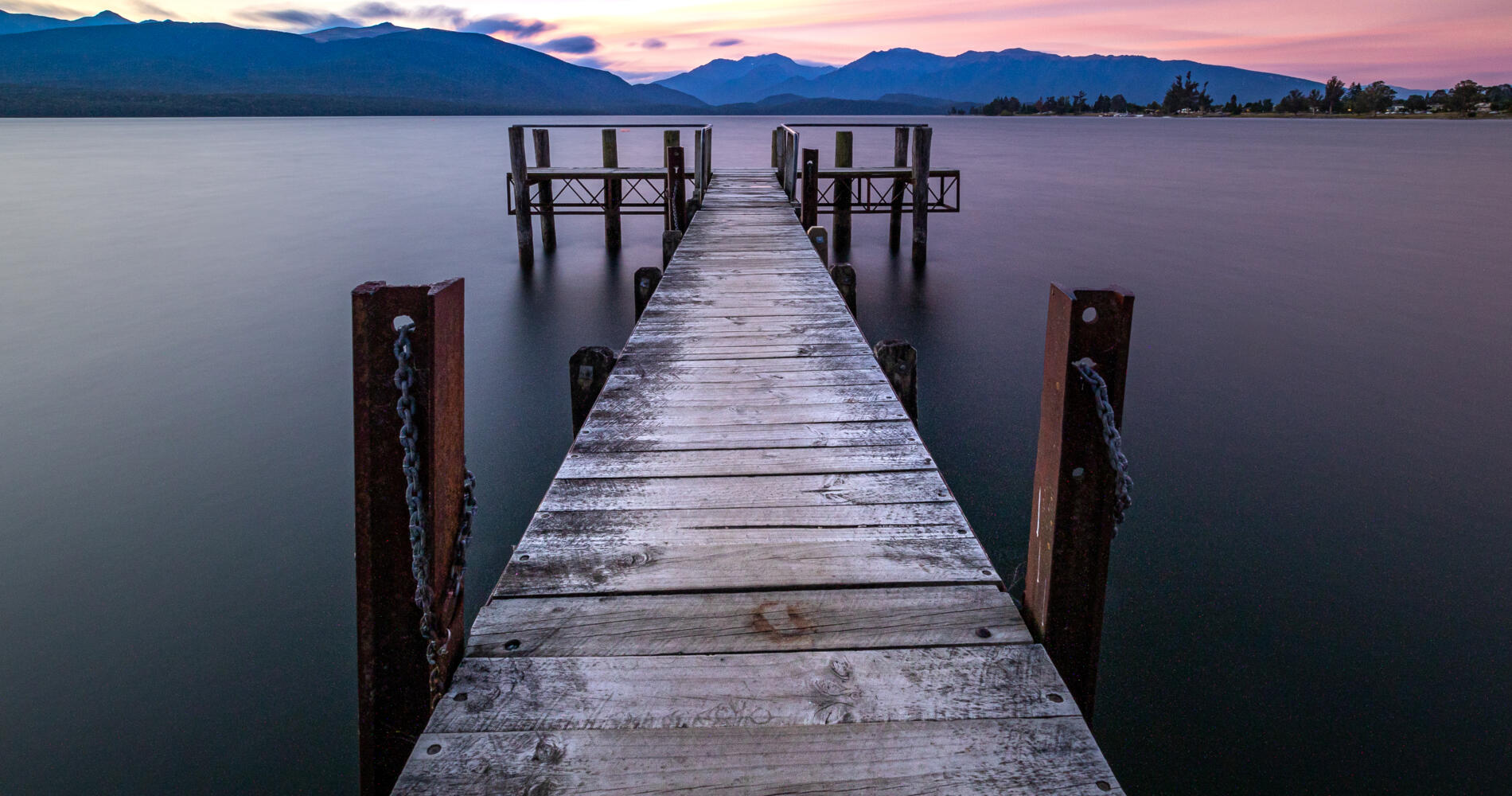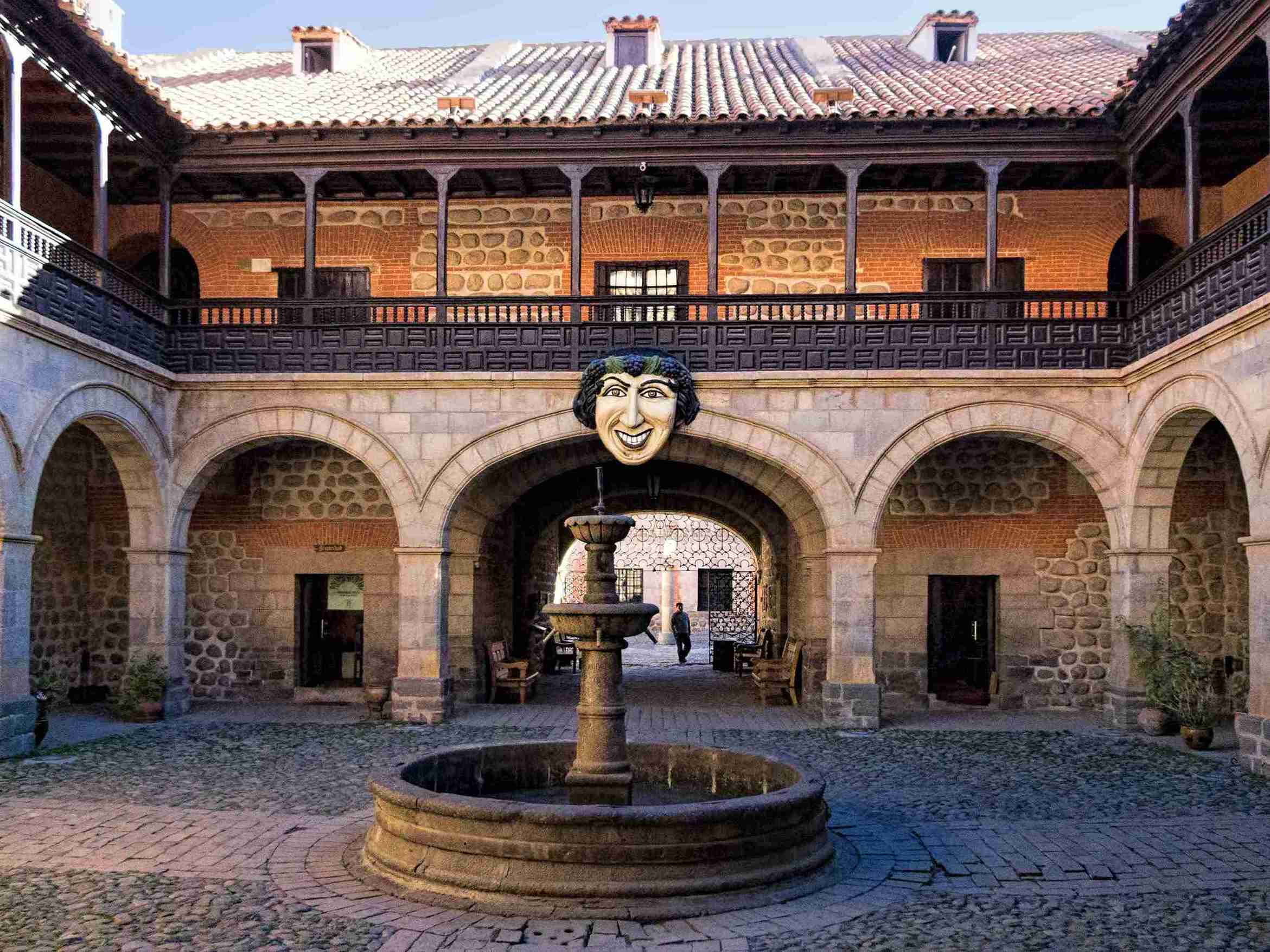Riga, Latvia travel tips
Category
Categories
Popular Articles

Situated on the Baltic Sea, Riga is the vibrant capital of Latvia, known for its rich architectural heritage, especially the beautiful art nouveau buildings. The city offers a compelling blend of timeless traditions and dynamic modern culture. It’s famed for its beautiful Old Town (Vecrīga), a UNESCO World Heritage, offering narrow medieval streets, stunning churches, and a plethora of cafés. An added bonus is Riga’s relatively lower tourism compared to its European counterparts, offering a more relaxed and authentic experience.
**Best Time to Visit**
The best times to visit Riga are late spring (May to early June) and early fall (September to October) when the temperatures are pleasant, and the city is less crowded. The summer months (July and August) are also great, although they can get crowded due to high tourist season. If you’re interested in local festivities, plan your trip around the Latvian Song and Dance Festival (July) or the Riga City Festival (August).
**Climate & What to Pack**
Riga experiences a temperate oceanic climate. Summers are mild, with temperatures ranging from 15 to 25 °C (59 to 77 °F). Winters can be quite cold, with temperatures dipping well below freezing. Rain can be expected throughout the year. Therefore, pack versatile layers for the season you are visiting in, waterproof shoes, and an umbrella or raincoat. Also, remember to pack a good pair of walking shoes for exploring.
**Getting There**
Riga International Airport is the primary gateway to reach Riga. It’s well-connected with major cities across Europe and some Asian destinations. The airport is only about 10 km from central Riga and is easily reachable by taxi, bus (bus no. 22), or car rental services. Citizens of most EU countries do not need a visa to visit Latvia.
**Getting Around Locally**
Riga’s Old Town is entirely walkable, but for longer distances or legs, tram, bus, and trolleybus networks are extensive and reliable. Taxis and rideshare apps like Bolt are also available. Renting a car is possible, but usually unnecessary within the city.
**Safety Tips**
Riga is generally safe, but like any other city, it’s important to be vigilant, particularly at night or in less crowded areas. Beware of pickpockets in tourist hotspots. Most locals are polite and friendly, but remember to respect their personal space and cultural norms.
**Top Things to Do & See**
Don’t miss a visit to House of the Blackheads, St. Peter’s Church, Riga Cathedral, and the beautiful Central Market. For art aficionados, the Art Nouveau district and the National Museum of Art are must-sees. Take time to relax in the tranquil city parks or venture a little outside the city to visit the stunning beaches of Jurmala.
**Where to Stay**
For luxury, the Grand Poet by Semarah or Hotel Bergs are excellent choices. In the mid-range bracket, Neiburgs Hotel or the Monika Centrum Hotels are recommended. For budget stays, consider the Naughty Squirrel Backpackers or the Cinnamon Sally Hostel. It’s preferable to stay within the Old City Limits or Centrs, particularly for first-time visitors.
**Food & Local Cuisine**
Don’t miss out on trying local dishes like rupjmaize (dark bread), biezpiena sieriņš (a sweet cheese dessert), and, of course, plenty of smoked fish. From high-end restaurants to local market fare, Riga offers visitors a variety of culinary choices. One must-try spot is “Folkklubs ALA Pagrabs,” a traditional Latvian restaurant boasting a great selection of local beers.
**Cultural & Practical Tips**
The local currency is the Euro, and while credit cards are accepted almost everywhere, it’s wise to carry some cash. The national language is Latvian, but English is also widely spoken, especially by younger people. Tipping around 10% of the total bill is expected. Power plugs are type F, similar to Germany and France, with a voltage of 230V. Free Wi-Fi is readily available in most public areas and establishments.
**Sustainable or Responsible Travel Tips**
Riga encourages waste sorting and recycling. When visiting nature reserves or the beach, make sure to leave no trace. Utilize the city’s excellent public transport or cycle hire schemes to reduce your carbon footprint.
Lastly, my advice to you as a fellow traveler is to take some time to wander through Riga’s winding cobblestone streets. In this lesser-known European gem, some of the best experiences lie in the simple pleasures of exploring with no set destination in mind.

